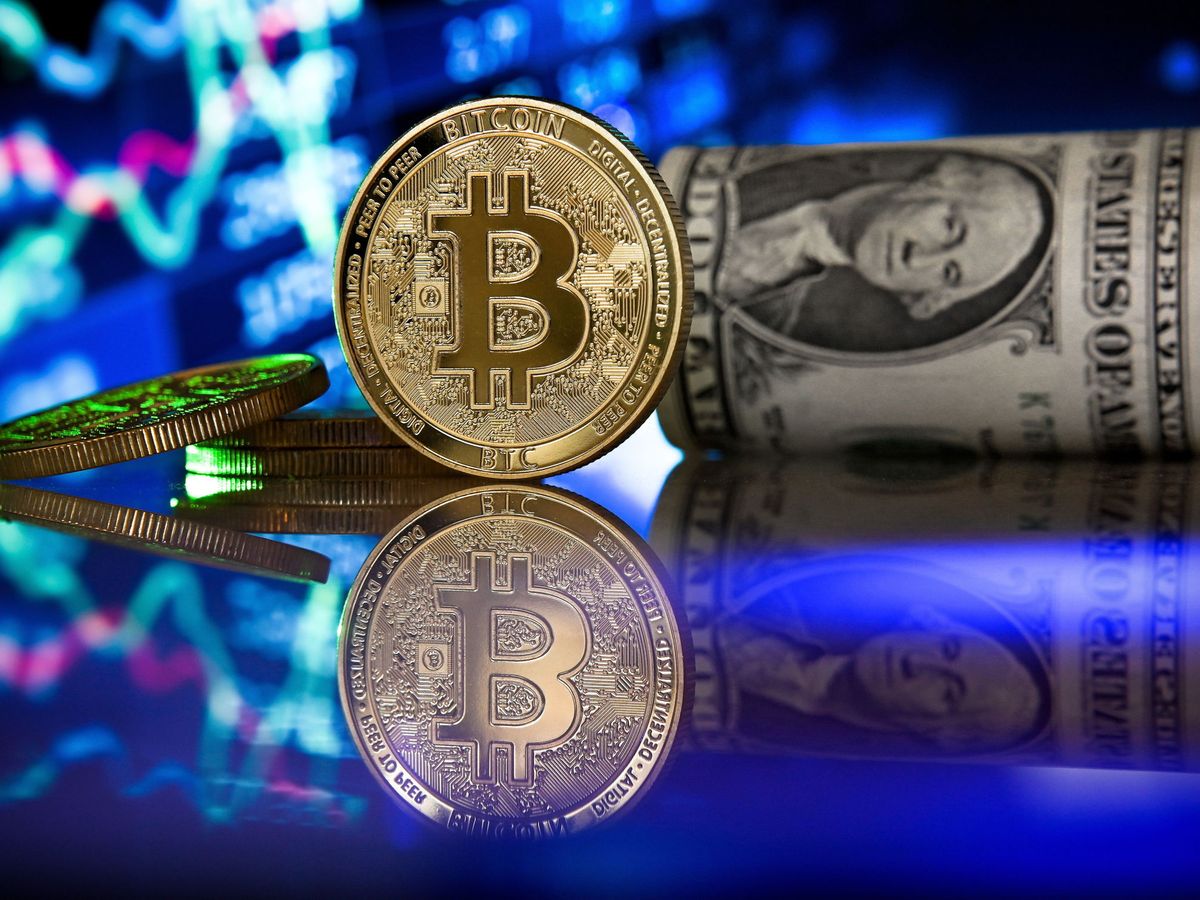In the ever-evolving landscape of global finance, two giants have emerged, shaping the future of currencies: Bitcoin and the US Dollar. While the dollar has been the reigning champion for decades, Bitcoin, a decentralized digital currency, is making waves and challenging the traditional financial norms. In this article, we delve into the unique characteristics of Bitcoin and the dollar, exploring their strengths, weaknesses, and the implications of their coexistence.
Bitcoin: The Disruptive Digital Dynamo
Bitcoin, often hailed as “digital gold,” is a decentralized cryptocurrency created in 2009 by an unknown person or group using the pseudonym Satoshi Nakamoto. Unlike traditional currencies controlled by governments and central banks, Bitcoin operates on a peer-to-peer network using blockchain technology. The blockchain is a distributed ledger that records all transactions transparently, securely, and without the need for intermediaries.
One of Bitcoin’s key strengths lies in its limited supply. With a maximum cap of 21 million coins, Bitcoin is designed to be deflationary, in contrast to traditional fiat currencies susceptible to inflation. This scarcity has led many to view Bitcoin as a hedge against inflation and a store of value, akin to precious metals like gold.
Moreover, Bitcoin transcends borders, enabling seamless international transactions without the need for currency conversions or hefty fees. This has garnered attention from investors seeking a borderless and censorship-resistant alternative to traditional banking systems.
The Dollar: A Stalwart of Stability
On the flip side, the US Dollar, backed by the economic might of the United States, has long been considered a global reserve currency. Its stability, liquidity, and widespread acceptance in international trade make it a cornerstone of the global financial system. Governments, businesses, and individuals alike rely on the dollar for transactions, investments, and as a store of value.
The dollar’s strength lies in the stability provided by the Federal Reserve, which can implement monetary policies to regulate inflation and support economic growth. This centralization, however, also exposes the currency to geopolitical risks and government interventions, leading some to question its long-term resilience.
Coexistence and Challenges:
As Bitcoin and the dollar coexist in the financial ecosystem, challenges emerge. Regulatory uncertainties, the potential for illicit activities using cryptocurrencies, and the volatility of Bitcoin’s price create friction with traditional financial systems. Governments are grappling with the need to regulate these digital assets while fostering innovation in the burgeoning blockchain and cryptocurrency space.
Investors face the dilemma of balancing the perceived stability of the dollar with the potential for higher returns offered by Bitcoin. The evolving relationship between these two currencies will likely shape the future of global finance, influencing how we transact, invest, and store value.
Conclusion:
In the ongoing saga of Bitcoin versus the dollar, each currency brings its unique strengths to the table. Bitcoin champions decentralization, transparency, and scarcity, offering a digital alternative to traditional fiat currencies. The dollar, on the other hand, boasts stability, widespread acceptance, and the backing of a powerful nation.
As these currencies navigate the complexities of the modern financial landscape, their coexistence sparks discussions about the future of money. Whether Bitcoin will dethrone the dollar or both will find a way to harmoniously exist, the journey towards a new era of currency is undeniably underway. The dynamics between these two financial powerhouses will continue to unfold, leaving us to ponder the ultimate fate of money in the digital age.

